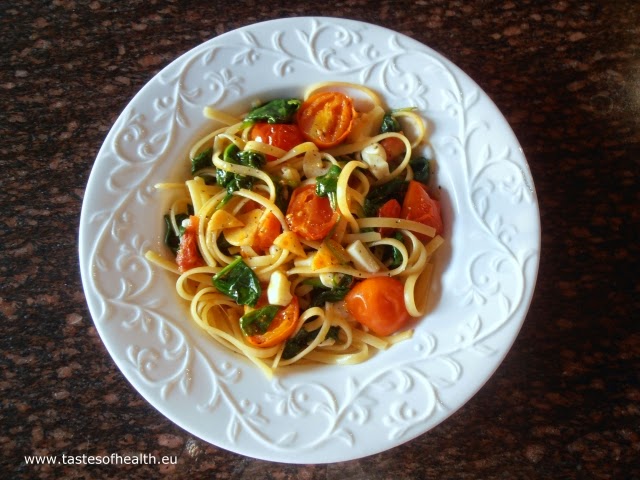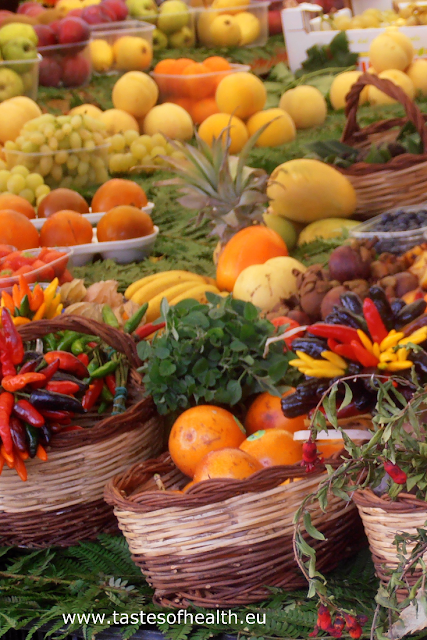This dish is a great example of how easily something pretty
simple can be elevated to a much higher level. The main components - boiled
potatoes and fried cod - are good but let’s be honest – a bit simplistic not to
say boring. But if you add to the potatoes spinach that has been quickly fried
with garlic and you serve it all with a portion of red pepper sauce, you will
get a wonderful experience not only for your taste buds but also for your eyes.
This meal apart from being tasty and looking good on a plate
is also pretty healthy. It contains spinach – one of the most nutrient dense types
of food and cod – an excellent source of Vitamin B12, Iodine, Selenium, Phosphorus
and of course low-calorie proteins. And if you would like to make this dish
even healthier, you can bake the cod in an oven instead of frying it.
INGREDIENTS (for 4 portions):
3 red peppers,
600g potatoes, peeled and cut into 4 cm pieces,
2 tbsp double cream (preferably thick one),
2 tbsp olive oil,
2 tbsp butter,
2 crushed garlic cloves,
250g spinach,
4 fillets of cod, skinless and boneless, each weighing
100-150g,
Salt and pepper.
METHOD:
- Preheat a grill in an oven.
- Cut the peppers into quarters, discard the insides, place them on a baking tray (skin side up) and put under the hot grill until the skin is black and blistered (it will take about 10-15 minutes – the time depends on a grill).
- When done, put the peppers to a plastic bag, seal it and leave for at least 10 minutes (this will make it easier to peel the skin off).
- Peel the peppers and liquidise them in a food processor or blender.
- Transfer to a small pot and if the sauce is too runny, reduce it. When the pepper sauce has consistency to your liking, add the cream and seasoning.
- Boil the potatoes in salted water till cooked through (cooking time will vary as it depends on a type of potatoes).
- In a big frying pan gently warm up 1 tbsp of olive oil, fry the garlic quickly just till it releases its aroma, add the spinach and fry it until wilted.
- In a frying pan heat 1 tbsp of olive oil and 1 tbsp of butter, add the seasoned fish and fry for 2-3 minutes on each side till golden and cooked through.
- Add to the cooked potatoes 1 tbsp of butter and the wilted spinach, check the seasoning; reheat the pepper sauce if not hot enough.
- On each plate put a portion of potatoes mixed with the spinach, place the fish on top and the sauce on the side.









